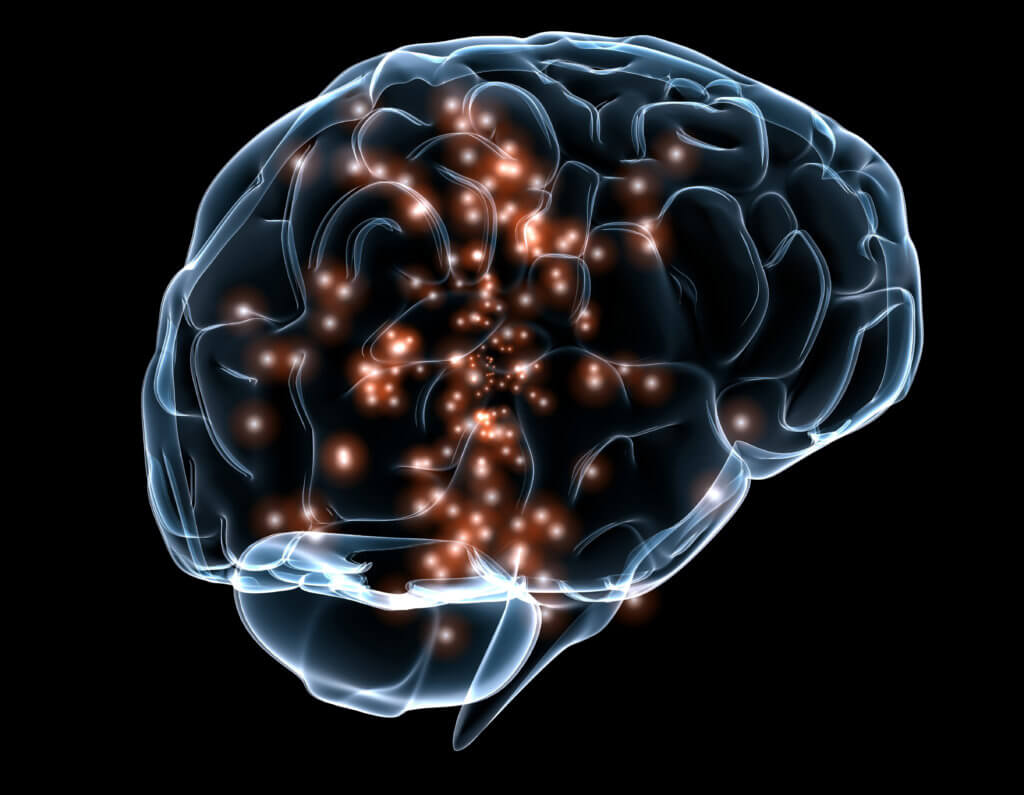Stroke survivors often end up living the rest of their lives from complications like severe loss in cognitive function with minimal treatment options. Researchers in China may be able to change this thanks to findings from an innovative new study. They say that brain stimulation along with use of a nanoparticle nose spray can improve recovery outcomes in animals.
This spray acts a non-invasive method for delivering nanoparticles to the brain in order to enhance the benefits of transcranial magnetic stimulation (TMS). TMS is a strategy already used clinically to treat conditions like Alzheimer’s and Parkinson’s. Generally during TMS, an electrical current runs through an electric coil that’s located on the outside of the skull. This generates a magnetic field that induces brain stimulation by activating an electrical current within the brain. A limitation to this form of stimulation is that it can’t reach deep into the brain’s core, where treatment is needed most.
In this new study, researchers from Xi’an Jiaotong-Liverpool University show that magnetic nanoparticles, administered intranasally, can make neurons more responsive and amplify the magnetic signal from TMS to reach deeper brain tissue, aiding recovery. The finding offers new opportunities for treating neurological disorders.
“TMS devices are already used for the clinical treatment of neurological disorders but have severe limitations in terms of stimulation strength and depths of the brain they can penetrate. By non-invasively putting magnetic nanoparticles into the brain, we can amplify and enhance the TMS stimulation effects on neurons, making the treatment more effective,” says Dr. Gang Ruan, a corresponding author of the study, in a statement.
Aiming to explore this, the researchers used iron oxide nanoparticles that are degradable and non-toxic, as a common worry with nanoparticle use with toxicity and length of stay in the body. Despite leading researchers in the field claiming it would be impossible to defy the odds and surpass the blood-brain barrier, this team did. They showed that intranasal delivery can excite neurons to make them more responsive which allows for the particles to go deeper in the brain, ultimately supporting recovery a lot more.
“Showing it is possible to use nanoparticles in this way paves the way for medical applications of nanoparticles for other neurological disorders,” adds Dr. Ruan. The researchers agree trhat their work will may start to alleviate doubt in scientists around the world regarding the abilities of nanomedicine to change the scope of neurology practice. They now look ahead to clinical trials that can better assess safety.
This study is published in the journal Materials Today Chemistry.













COULD YOU TELL ME THE NAME OF THE NASAL SPRAY USED TO HELP POST STROKE PATIENTS RECOVER THANK YOU